Author: tsmadmin

08.19.2024
What Students and Families Need to Know About The FAFSA
As a responsible private lender, Sallie Mae advises students and families to explore free money like scholarships and grants before borrowing. The gateway to this aid is the Free Application for Federal Student Aid (FAFSA®), which gives students and families access to $114 billion in scholarships, grants, state-based and federal financial aid. Too many families, however, miss out on this critical aid because of persistent misconceptions about their eligibility or confusion around how to complete the application, resulting in billions of dollars left unclaimed each year.
This year saw significant glitches and delays resulting from the rollout of a new FAFSA with fewer questions. While the intent was to streamline and simplify the process and expand eligibility for need-based aid like Pell grants, persistent implementation issues left students and families frustrated and financial aid offers from schools delayed.
About 74% of families reported completing the FAFSA for the 2023-2024 academic year, according to Sallie Mae’s How America Pays for College 2024 report. Of the families who filled it out for the 2024-2025 academic year, only 29% found it easier to complete. In addition, of those who experienced a delay, 44% reported experiencing stress waiting for financial aid decisions and 21% sought out additional financial aid options. When it comes to financial aid offers from schools, 71% of families said they support a simplified, standardized letter. Despite the FAFSA confusion, 88% of families still believe college is an investment in their child’s future, and 79% are willing to stretch financially to get there.
While these delays point to broader issues with the federal financing system for higher education, it’s still critical for families to complete the FAFSA. The FAFSA® is an important first step for students and families to help make college more accessible and affordable. Sallie Mae supports simplification of the FAFSA® and is improving awareness to help more students and families connect to scholarships, grants, and other critical aid.
As an education solutions provider, Sallie Mae provides free tools including a step-by-step FAFSA guide, information, and webinars to help students and families navigate the new FAFSA and complete it. We also offer free resources like Scholarship Search by Sallie to help students and families find and apply for scholarships.
Here are five important points that students and families should know about the FAFSA®:
1. All students—regardless of family income—should complete the form.
Most families—87%—know to submit the FAFSA® each year so that their student qualifies for financial aid, but not all families know that every student is eligible to apply. Some 33% of families believe their income is too high for their student to qualify for aid, the most frequently mentioned reason why families didn’t submit the FAFSA® last year.
The reality is all students, regardless of income, should complete the form. Some of that aid, like scholarships, grants and state-based aid, is offered on a first-come, first-served basis. That’s why the sooner families can complete the FAFSA®, the better. Rollout for the FAFSA will start October 1st and the form will be fully available on December 1st for the 2025-2026 school year.
2. The FAFSA® is free.
Families should never pay to submit the FAFSA®. Filing is free, period. A paid service will not get students more aid. Sallie Mae offers students a step-by-step guide for navigating the new FAFSA, but they can also check with their high school, local college, and financial aid office for assistance.
3. Fill out the “special circumstances” form when financial information changes.
Students and families—including those attending graduate school—should complete the FAFSA® every year they are in school. That said, sometimes income and other factors may change due to circumstances such as a job loss or medical emergency. That’s when completing a “special circumstances” form may make sense. The form is available from college financial aid offices and can help students receive additional aid in certain situations.
4. List schools on the FAFSA® even if it’s not a final list.
If students don’t list all colleges they’re considering on their FAFSA®, then the schools won’t know the student is interested in applying for grant money from them. Students should also always list state schools first in case they offer additional state-based aid on a priority basis.
5. There is no age limit.
Federal financial aid is just as available to non-traditional students in the 24- to 35-year-old range as it is to students in their late teens and early twenties. There’s no age limit for receiving federal financial aid—so all students and families should apply.
FAFSA is a registered service mark of U.S. Department of Education, Federal Student Aid

05.22.2024
How Sallie Mae Prepares Students to Pay Back Their Loans
After years of studying and working hard, millions of college graduates across the nation are transitioning from college to the next chapter of their lives. This could mean new jobs, new cities, or new goals — a cause for celebration.
Even after students finish college, the learning doesn’t stop. Next on the syllabus is setting and maintaining a healthy budget, and for those who borrowed to pay for college (41% of students, according to our “How America Pays for College 2023” report), that budget will soon include paying back student loans.
To ensure students get started on the right track, Sallie Mae® works to remove the element of surprise from loan payments by initiating clear communication with students and cosigners while they’re in school and throughout the life of their loans. As a responsible private lender, we believe that transparency and clarity about how much students and families owe and when they need to pay back their loans is critical to helping them responsibly plan for higher education.
Staying up to date on student loan status
Students have very busy schedules, which is why we make it as easy as possible for them to stay up to date on the status of their loans. Students can create an online account or download the Sallie mobile app to get notifications of when their upcoming payments are due. They can even enroll in auto-debit to ensure their payments are always on time, which can also save them money by lowering their interest rate.
We also send students and their cosigners a loan summary each year they are in school, including interest accrued. This is especially important for customers who choose to defer payments on their loan during college, as it helps them keep track of what they’ve borrowed and what they owe. That said, roughly half of our customers choose to make a fixed payment or pay interest on their loans while in school, which can significantly lower the total cost of the loan.
Tools and tips for the six-month separation period
Sallie Mae private student loans come with a six-month separation or grace period for undergraduate programs that begins once a student leaves school, giving them time to find a job and get settled into post-college life. We let students know at the start of their grace period what their estimated payment amount will be and provide tips on when, where, and how to pay on time.
We also offer free tools to help students prepare for repayment, such as a monthly budget worksheet, which helps students create a budget to meet their financial goals and our student loan repayment calculator that gives students an estimate for their upcoming monthly payments.
At the end of the day, preparation is key to responsible financial planning. From the moment students take out a loan through the months post-graduation, we help students and families not only meet their loan payments, but make strides toward their financial goals.
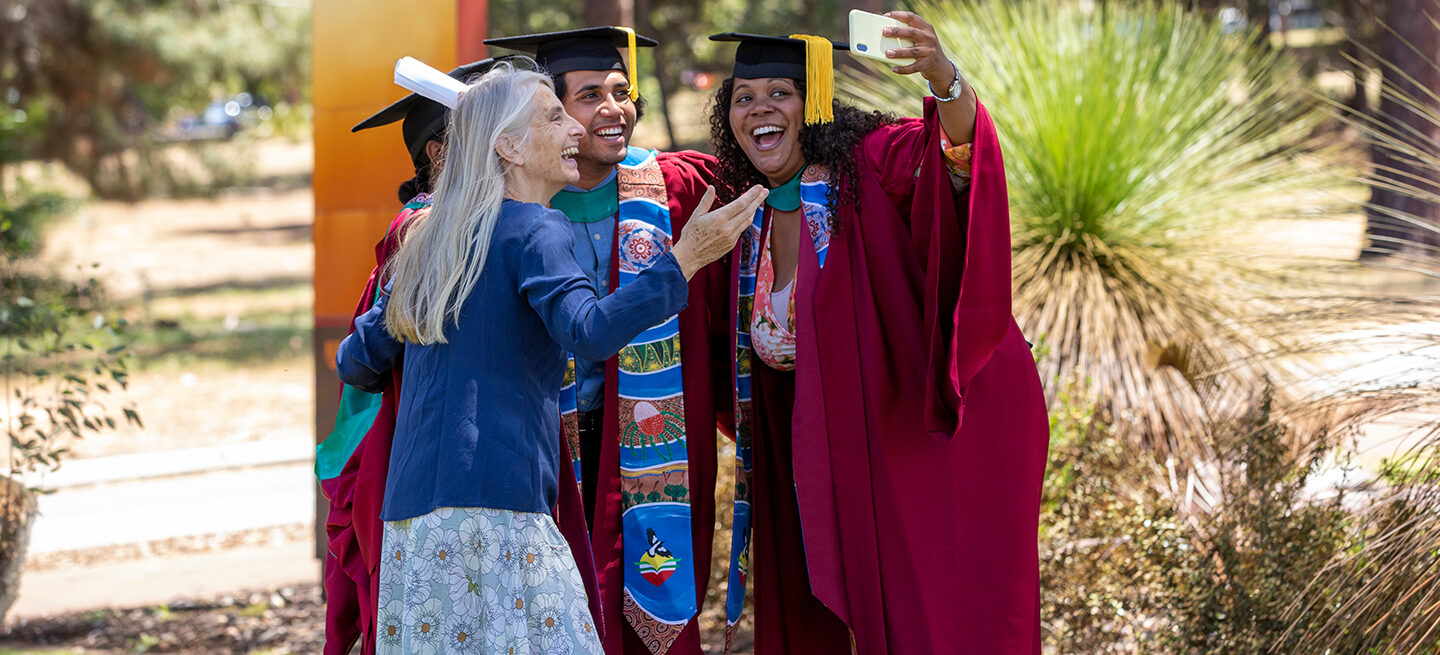
05.06.2024
From Acceptance Letter to Degree: How America Completes College
While getting into college is no small feat, it’s getting the degree that will really help students achieve their dreams. But, as many students are realizing, graduation is not a given.
To better understand barriers to college completion and what helps students graduate, Sallie Mae and Ipsos released the latest research report How America Completes College 2024. The report also serves as a companion to How America Pays for College, the company’s annual research on how families plan and pay for higher education.
Surveyed:
1,029 adults (ages 18-30) currently enrolled in a two- or four-year program
427 adults (ages 18-30) who started two- to four-year programs but did not complete them
The study categorizes students into three distinct groups: those “on track” for graduation; those who have never contemplated leaving school; those “at risk” of leaving or facing dismissal; and “non-completers,” adults under the age of 30 who started college but left without obtaining a degree or completing their program.
Non-Completers
One in four current undergraduate students say they are at risk of non-completion, and 57% of students at risk of not completing come from low-income households.
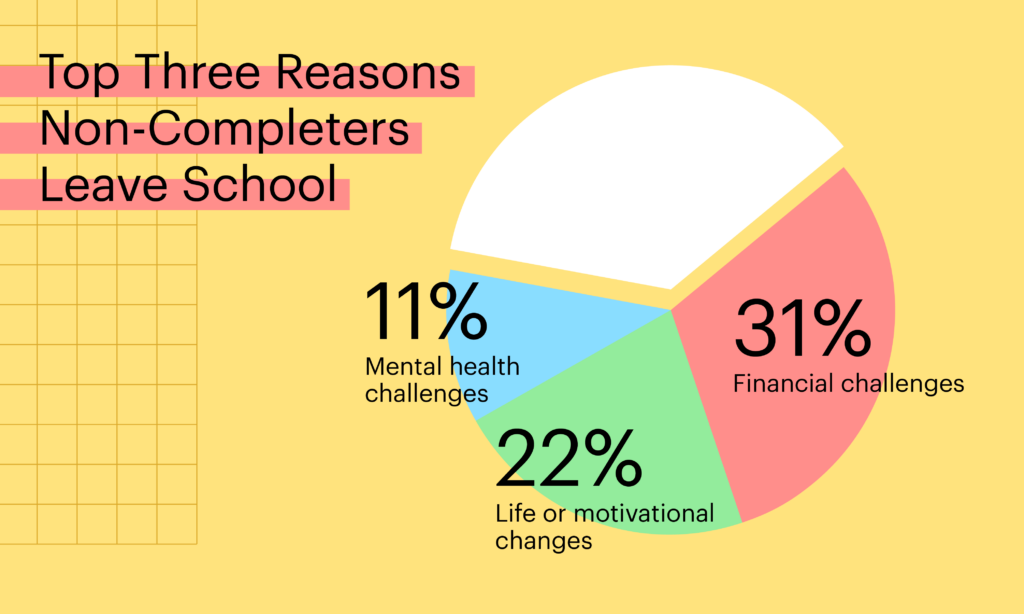
At-Risk Students
73% of on-track students were always committed to attending college, compared to 44% of at-risk students. At-risk students are nearly three times more likely to have transferred schools compared to on-track students and are also more likely to come from diverse backgrounds.
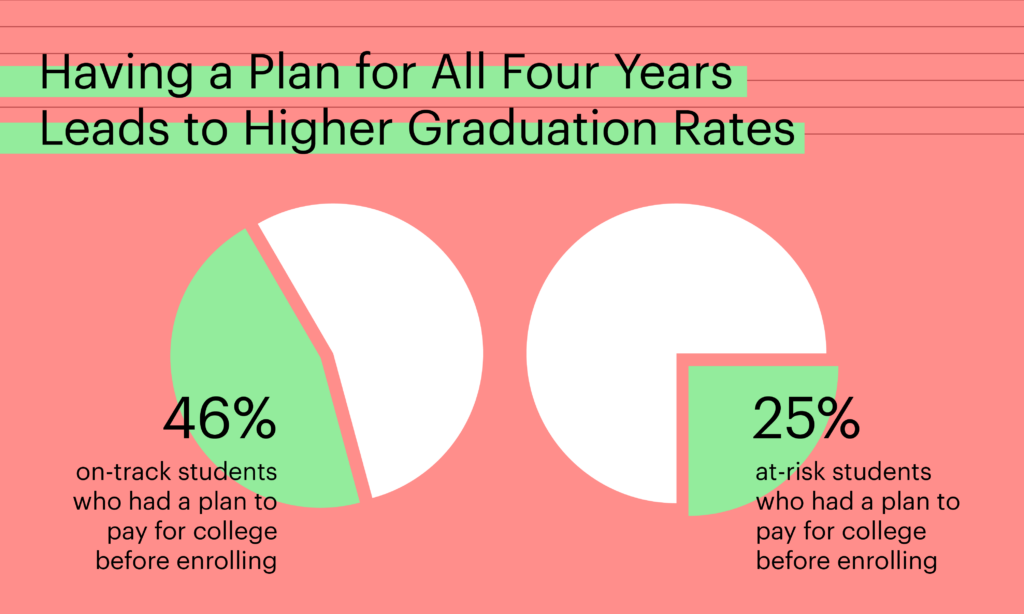
Having a plan to pay for all four years of college before enrolling is linked to student graduation rates. See how Sallie Mae helps students plan for college. Students who know what degree or career path they want to pursue are more likely to stay in school.

There is a strong link between mental health and leaving college, and increased mental health challenges highlight the need for more support and resources for all students.

First-Generation Students
First-generation students are twice as likely (41%) to have seriously considered leaving college compared to students from families with college experience (18%). Although 88% of first-generation college students believe college is an investment in the future, they face significant barriers to college completion.

*compared to just one quarter (25%) of on-track students who are working while in school.
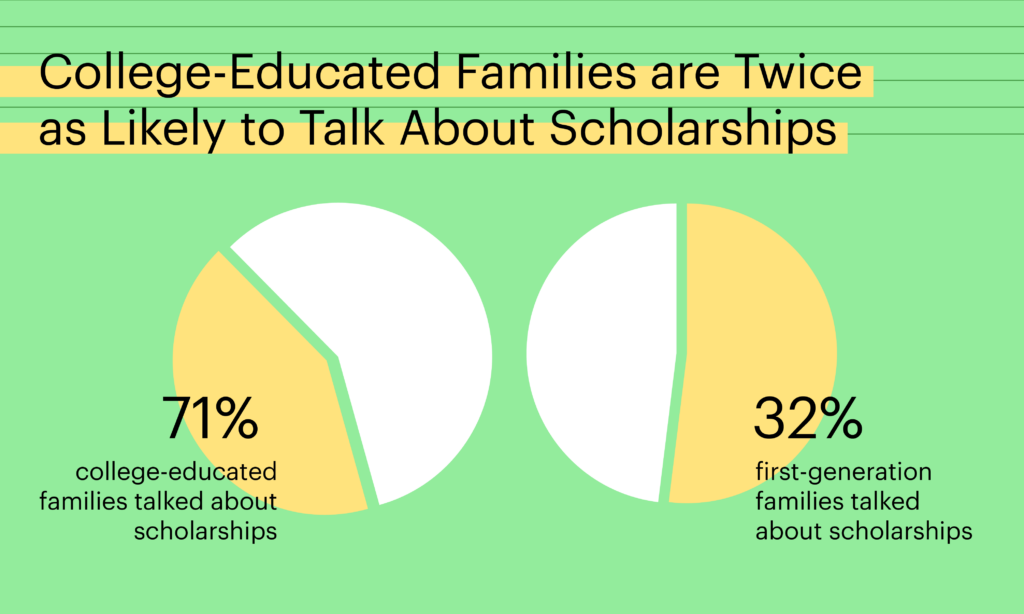
Students need support not only to access, but complete higher education. Especially for first-generation students and those from underserved communities, early college planning is critical. By developing programs and resources that support college completion, simplifying the college transfer process and expanding Pell Grants to apply to short-term training programs, policymakers, institutions and higher education stakeholders can help more students finish their degree.

02.05.2024
It’s Time to Meaningfully Expand the Pell Grant
Without question, higher education opens doors of opportunity. Americans with some form of college degree typically earn significantly more in their lifetime than those without a degree.
The median lifetime earnings of an American with a bachelor’s degree is $2.8 million; for an associate degree, it’s $2 million. In contrast, those with a high school diploma have $1.6 million in median lifetime earnings, according to a report from Georgetown University.
In the more than five decades since it launched, the Pell Grant has helped low- and middle-income students unlock a path to economic prosperity by providing critical need-based funding that does not have to be repaid. Since 1980, the Pell Grant has helped more than 211.8 million students access — and complete — higher education.
Nearly seven million undergraduate students receive a Pell Grant each year. At the same time about $3.6 billion in Pell Grant awards went unclaimed last year, meaning students are missing out on millions of dollars of free aid that could support their higher education.
It’s time to increase awareness of the Pell Grant and enhance it to meet the needs of 21st-century students, many of whom are first-generation college students, from underserved communities, or exploring non-traditional paths to higher education.
Reforms — such as meaningfully increasing the size of the Pell Grant or allowing it to be applied to more programs — could increase access to higher education and limit the potential for overborrowing, as would informing families about the importance of completing the Free Application for Federal Student Aid (FAFSA). A modernized Pell Grant could put more students on a path to long-term success.
Raising Awareness About FAFSA Completion
To receive a Pell Grant, students must first complete the FAFSA. Our research shows that only 20% of families with a student planning to pursue higher education feel very prepared to complete the FAFSA, and only a third of first-generation families plan to submit the form — even while 42% of them agree that more grant aid would make college more affordable.
Recent updates to simplify the FAFSA application have made the application more streamlined. The updated FAFSA may help significantly more students from low-income backgrounds receive Pell Grants and potentially 1.5 million more students receive the maximum amount than previous years, according to recent data from the U.S. Department of Education. Raising awareness about completing the FAFSA is key to helping families unlock more aid for higher education.
Meaningfully Increase Funding
A study from the Center for Budget and Policy Priorities found that boosting the size of the Pell Grant would increase college retention and enrollment rates for low-income students. A separate analysis from the Urban Institute concluded that doubling the Pell Grant maximum amount would lead to higher grant awards for underserved students.
The Pell Grant was increased by $500 last year, but with inflation and higher costs of living, the increase isn’t significant. Sallie Mae supports meaningfully increasing the Pell Grant to meet the needs of students today.
Policymakers should also consider allowing the Pell Grant to be used for short-term skills training programs, such as coding boot camps or trade schools. Expanding the Pell Grant would help students start a new career more affordably while simultaneously addressing skills gaps.
Supporting Those With The Most Need
Our federal student loan program has been broken for far too long, often impacting those who need the most support. Meaningfully expanding the Pell Grant, and increasing awareness of its benefits and the associated application process, are critical to ensure that the federal higher education financing system does what it was intended to — facilitate access to education for those with the greatest need.
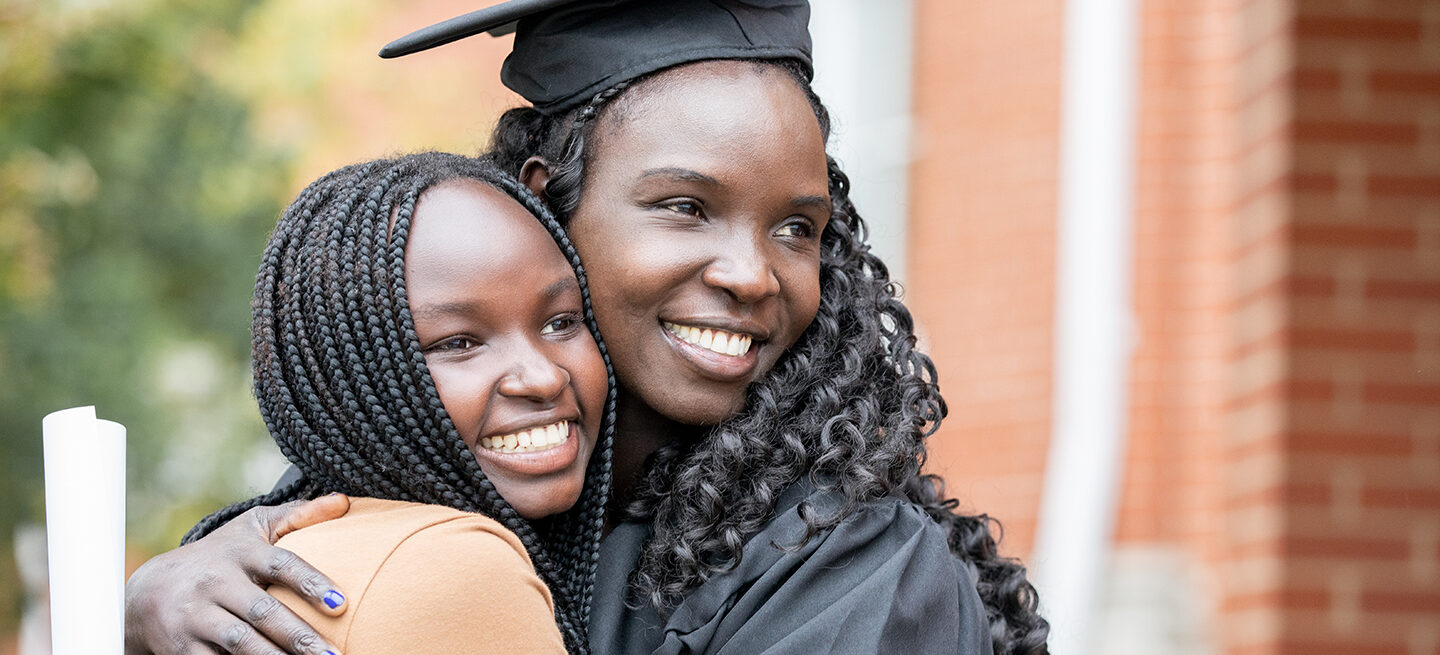
12.08.2023
Sallie Mae Commits $1M to Delaware State University to Close College Completion Gap
Sallie Mae, through The Sallie Mae Fund, announced a $1 million research endowment to Delaware State University (DSU) to help close the college completion gap. The grant will support a comprehensive three-year “Persistence and Completion Pilot Program” that will identify and study barriers to degree completion, help students return to school and complete, and help develop policy recommendations and best practices to enhance student re-engagement at DSU, HBCUs, and institutions across the country.
The program will create a student-centered and data-focused co-branded white paper that lays out higher education policy solutions to increase degree completion. Research findings and learnings will be presented at a future DSU HBCU Philanthropy Symposium to offer outcomes and recommend solutions for degree completion that can be broadly considered and implemented at HBCUs and institutions nationwide.
Part of the funding will also scale DSU’s current Near Completer program—created in partnership with Thurgood Marshall College—which identifies students with only some college experience and supports their re-enrollment and degree completion. DSU and Sallie Mae have identified over 900 near-completer students, hundreds of whom the program will look to re-engage. The program will also offer $125,000 in scholarships to help cover financial barriers, such as food and technology insecurities, in addition to tuition, fees and books.
This partnership reflects Sallie Mae and Delaware State University’s shared commitment to close the college completion gap at HBCUs and provide critical support through research, policy recommendations, and financial aid.
The partnership was celebrated in December at the 13th Annual Delaware State University Scholarship Ball. At the ball, Sallie Mae CEO Jon Witter noted, “Our mission is to power confidence as students begin their unique journey. We are all about helping students with that journey to, through, and immediately after their higher education experience. This builds community and a culture of dedication to the university, and that lasts for years.”

11.01.2023
Sallie Mae Awards $250,000 in Scholarships to Increase Access to Higher Education
To commemorate National Scholarship Month, Sallie Mae announced the latest recipients of its Bridging the Dream Scholarship for High School Seniors. The Sallie Mae Fund, the company’s charitable arm, has partnered with Thurgood Marshall College Fund for the last three years to award scholarships to deserving under-resourced and underserved students.
This year’s 27 deserving high school students were awarded up to $10,000 each to access higher education.
They are pursuing a diverse range of degrees, including criminal justice, musical theater, social work, engineering, and more.
Meet this year’s outstanding students.
2023-2024 Bridging the Dream Scholarships Recipients
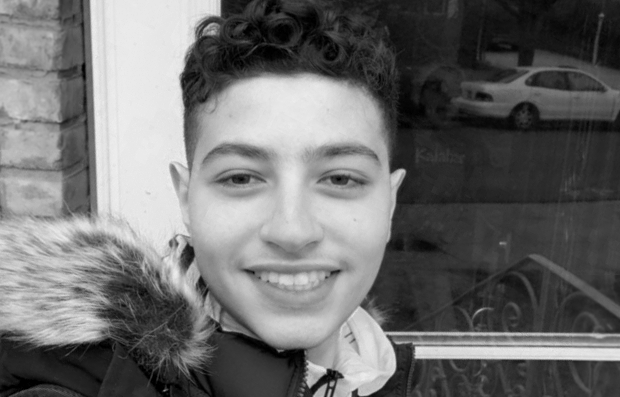
Mohamed Adam
Hometown: New Hyde Park, N.Y.
College: Stony Brook University
Major/Minor: Political Science and Economics
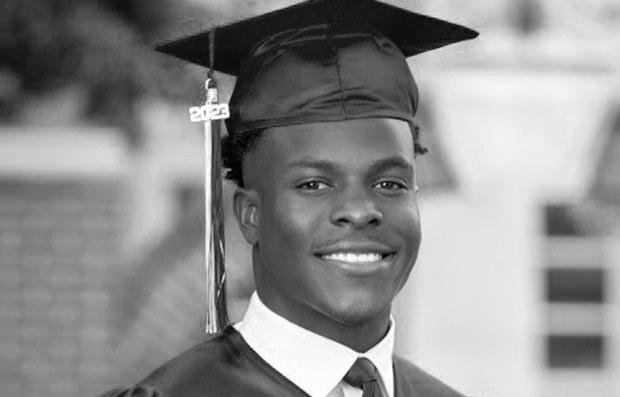
Nicholas Allen
Hometown: Milton, Ga.
College: North Carolina A&T University
Major/Minor: Biology, Business Finance and Engineering

Azhyia Clemons
Hometown: Rochester, N.Y.
College: North Carolina Central University
Major/Minor: Pre-Law, Political Science and Accounting

Madison Corzine
Hometown: Fort Worth, Texas
College: Spelman College
Major/Minor: Political Science
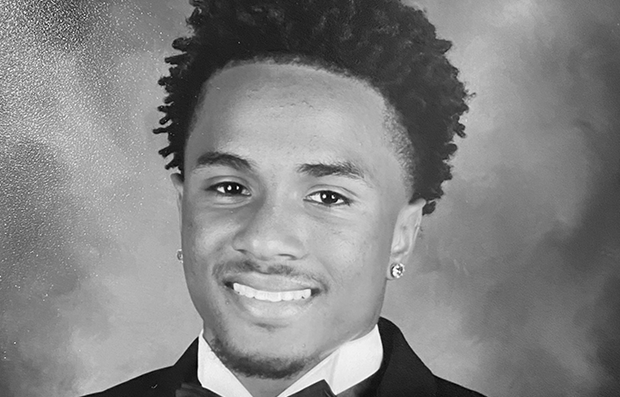
Emery Delbridge
Hometown: McDonough, Ga.
College: Savannah State University
Major/Minor: Environmental Science

Na’Zari Donegal-Pringle
Hometown: Wilmington, Del.
College: Delaware State University
Major/Minor: Business
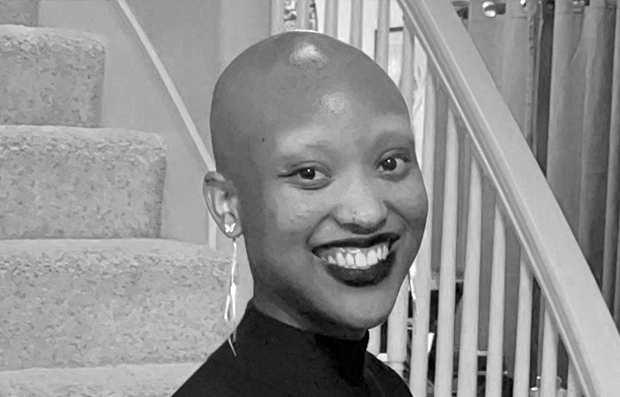
Nyela Harrison
Hometown: Hayward, Calif.
College: Hampton University
Major/Minor: Systems, Organization and Management
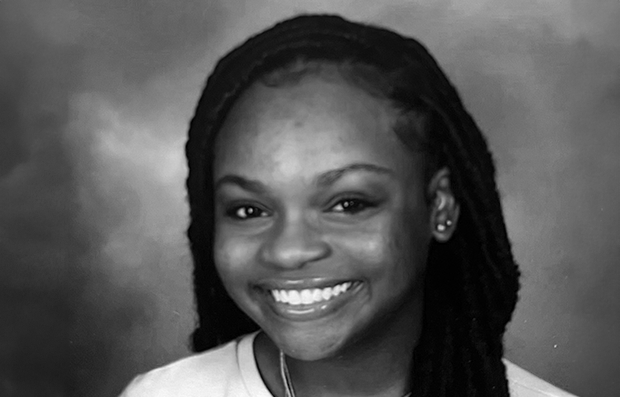
Nakeia Jones
Hometown: Conway, Ark.
College: Middle Tennessee State University
Major/Minor: Audio Production
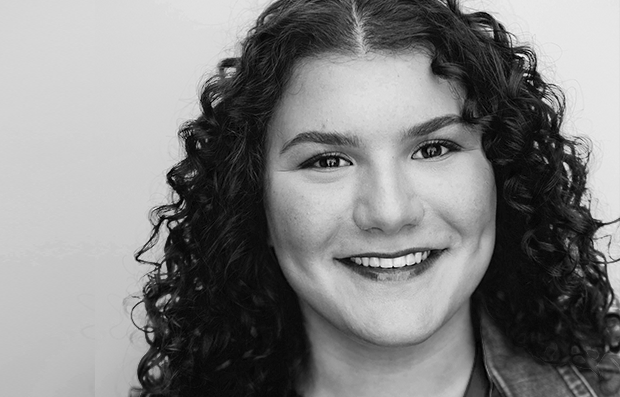
Anna Kaplan
Hometown: Centreville, Va.
College: Oakland University
Major/Minor: Musical Theatre
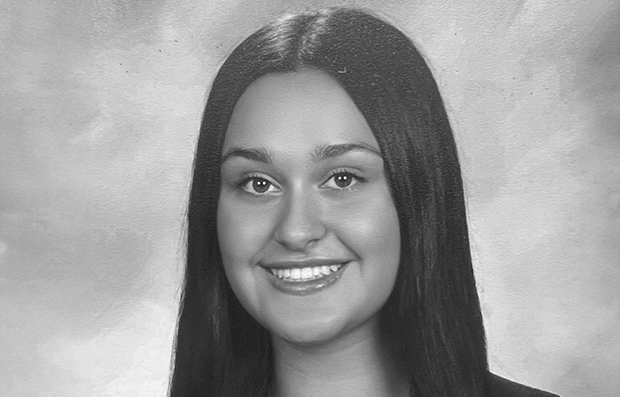
Victoria Latino
Hometown: Mine Hill, N.J.
College: Niagara University
Major/Minor: Criminal Justice
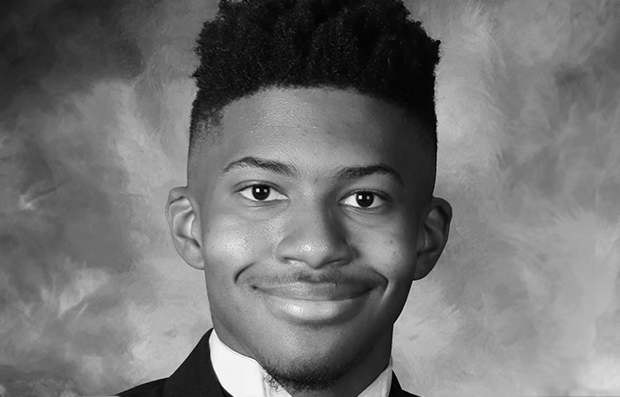
Dominic Lee
Hometown: Kennesaw, Ga.
College: Clark Atlanta University
Major/Minor: Pre-Law, Business, Marketing, Communications and Spanish

Marcellus Odum
Hometown: Lake Cormorant, Miss.
College: Georgia Institute of Technology
Major/Minor: Mechanical Engineering and Public Policy
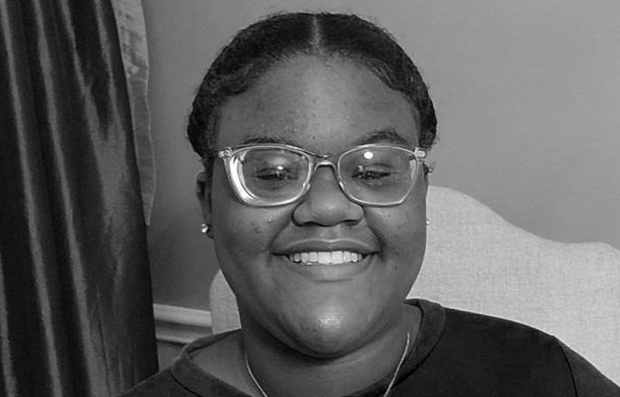
Nydia Phillips
Hometown: Texas, Ala.
Major/Minor: Southern University and A&M College
Major/Minor: Business

Andrew Pierre
Hometown: Lanham, Md.
College: Bowie State University
Major/Minor: Computer Science and Engineering
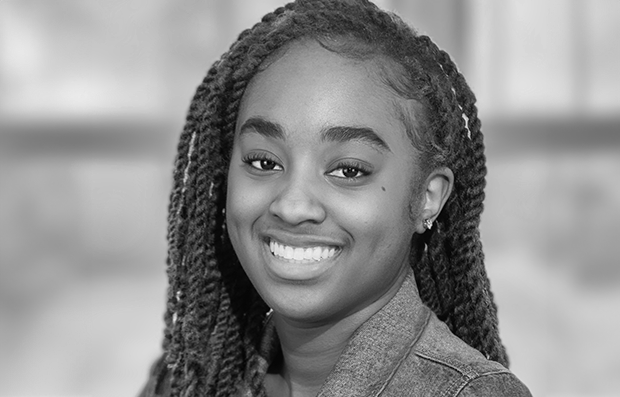
Reyna Porter
Hometown: Lithonia, Ga.
College: Howard University
Major/Minor: Theatre Arts and Sports Medicine

Chayil Rattler
Hometown: Stockbridge, Ga.
College: Jackson State University
Major/Minor: Mass Media Arts, Theatre

Tyson Redding
Hometown: Fontana, Calif.
College: University of Hawaii of Manoa
Major/Minor: Education, Business and Animation

Maya Stepnick
Hometown: Toledo, Ohio
College: The Ohio State University
Major/Minor: Environmental Science or Social Work (Undecided)

Jared Wilder
Hometown: North Charleston, S.C.
College: Hampton University
Major/Minor: Physics and Biology
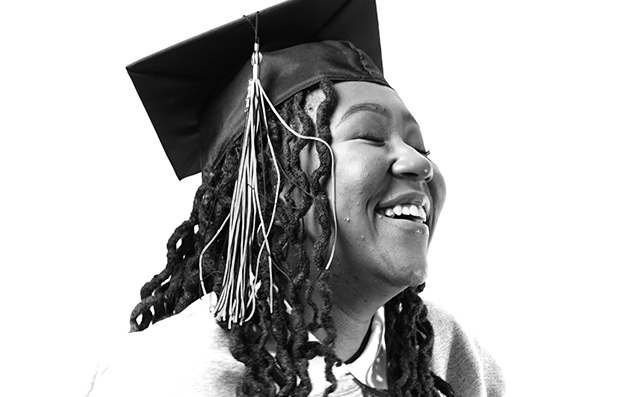
Sydney Wright
Hometown: Richmond, Va.
College: Norfolk State University
Major/Minor: Broadcast Journalism
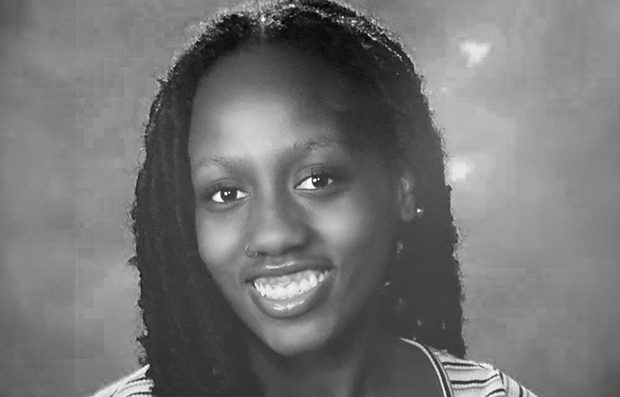
Makaila Young
Hometown: Oswego, Ill.
College: Xavier University of Louisiana
Major/Minor: Biology, Chemistry and Spanish

Ka’Mya Anderson
Hometown: Horn Lake, Miss.
College: Alabama A&M University
Major/Minor: Biology

Sienna Stewart
Hometown: Gahanna, Ohio
College: Kentucky State University
Major/Minor: Environmental Science
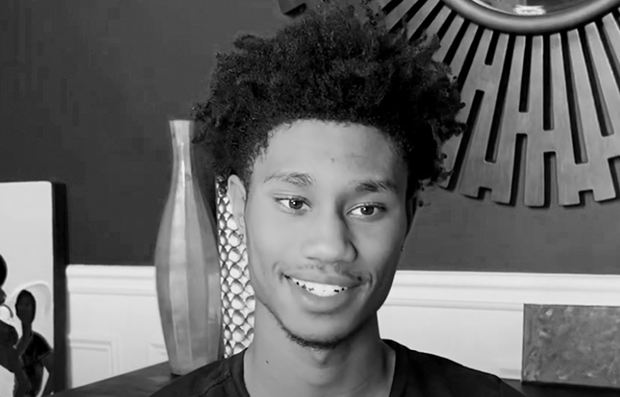
Alexander Young
Hometown: Douglasville, Ga.
College: Morehouse College
Major/Minor: Cybersecurity
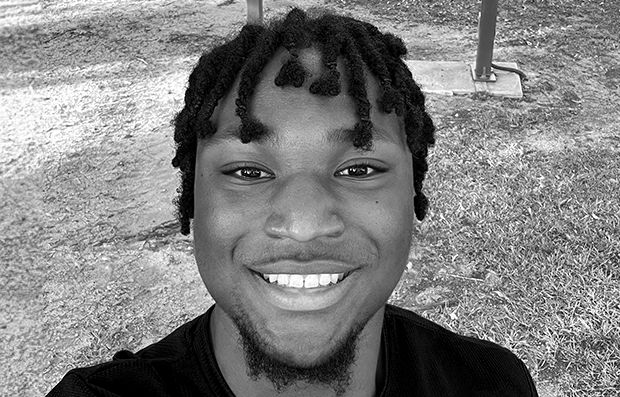
Devin Dixon
Hometown: Ellenwood, Ga.
College: Tuskegee University
Major/Minor: Veterinary/Animal Sciences
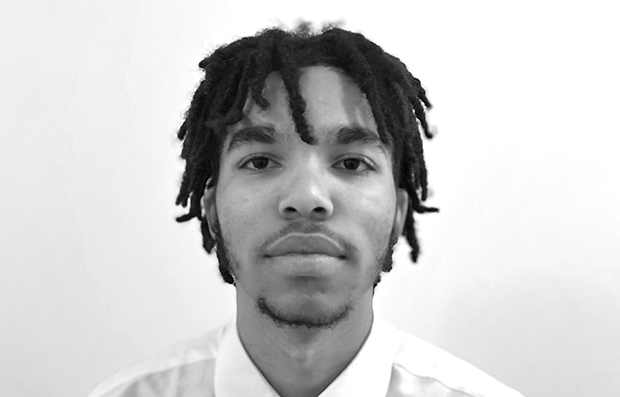
Matthew Payne
Hometown: Jonesboro, Ga.
College: Fort Valley State University
Major/Minor: Electrical Engineering
Milan Rothe
Hometown: Lakeway, Texas
College: Howard University
Major/Minor: Herbal Medicine, African Studies and Business Marketing

10.16.2023
Focusing Reform to Address the College Completion Gap
The promise of higher education comes from earning a degree, not from merely earning a few college credits. Still, far too many students begin college and fall short before reaching the finish line. In fact, the number of students who have some college experience, but no degree has reached a staggering 40 million.
Read more from Nicolas Jafarieh, Sallie Mae Executive Vice President, on how common-sense reforms to address the college completion gap can help more students not only access college, but successfully earn their degrees.

08.15.2023
5 Things to Know About How America Pays for College
The federal higher education financing system is complicated and can often leave families feeling confused about all the potential paths for their education journey and where to start. To better understand how students and parents approach planning and paying for college, Sallie Mae annually conducts its “How America Pays for College” report with Ipsos.
The research explores education funding sources—from family income and savings to scholarships, grants, and borrowed funds—and evaluates trends in payments over time.
Here are five things to know about how America pays for college:
1. Slightly more than half of families have a plan for how to pay for college.
Last year, 53% of students and families reported making a plan for how to pay for college before the student enrolled, slightly down from last year’s high of 59%.
Students attending four-year public and private schools are more likely to plan ahead than students attending 2-year schools. The same goes for families with prior college experience. Fifty-five percent of families with college experience have a financial plan, compared to 45% of first-generation college families.
An even larger gap exists between higher- and lower-income families. Seventy-nine percent of families who make more than $150,000 per year had a plan, compared to just 43% of families who make less than $50,000.
Sallie Mae helps power confidence through free tools like Scholarship Search by Sallie, where students can easily access a wide variety of scholarships.
2. Majority of families are still unaware of when the FAFSA® becomes available.
While FAFSA completion rates are holding steady at 71%, just more than seven in 10 families are still unaware of when the application opens, and 30% of families bypass the form altogether.
Among the families who didn’t submit the FAFSA, majority believed they made too much money to qualify. Twenty-five percent of families found the application to be too complicated, while nearly 30% reported not having the required information for the application.
The FAFSA is the gateway to accessing more than $112 billion in grants, scholarships, and federal financial aid for college, and those most likely to qualify for aid are not completing the form due to lack of awareness. States and colleges rely on information from the FAFSA to determine need-based aid for qualifying students.
3. Scholarships are key for accessing higher education, especially for students attending HBCUs.
Scholarships play a meaningful role in families’ college journeys—not only as a source of funding —but also a source of pride. More than half — 61% — of families relied on scholarships to help lower the cost of college last year. Most scholarships were given from the school the student was attending, followed by the state and non-profits or organizations.
For families who didn’t take advantage of applying for scholarships, most said it was due to lack of awareness, low confidence in winning, or common misconceptions about who is eligible to apply. Forty-five percent of students and parents believe scholarships are only for exceptionally gifted students. In fact, there are scholarships available for all types of students — from being a first-generation college student to being left-handed.
Sallie Mae helps connect students to scholarships through Scholarship Search by Sallie.
4. Many families eliminate schools based on cost.
Choosing a college is a momentous decision that is largely impacted by the cost of attendance. Seventy-eight percent of families eliminated a school based on cost at some point during their college search and decision process last year. Around one third of families — 32% — said the current state of the economy impacted their decision as well.
Yet, 75% of families said they were willing to stretch themselves financially because they view higher education as an investment in the student’s future.
Sallie Mae helps students and families finance their higher education responsibly by encouraging and educating students on utilizing scholarships, grants, and other federal aid before borrowing.
5. Many lower-income and first-generation families rely on grants.
While 57% of all families used grants to pay for college last year, first generation families and families earning less than $50,000 per year — 68% and 74% respectively — reported higher grant usage.
Sallie Mae supports meaningfully expanding grants, such as the Pell Grant — which has helped more than 80 million low-to middle-income students access and complete higher education. Last year, around $3.6 billion in Pell Grants went unclaimed, aid that could have helped more students achieve their college dreams. Meaningful reforms, such as the FAFSA Simplification Act and increasing the maximum Pell Grant amount, could help more students access this critical aid.
FAFSA is a registered service mark of U.S. Department of Education, Federal Student Aid

08.15.2023
Three Organizations Helping Students Access — and Complete — College
Higher education lays the foundation for future success, but between applying for scholarships and grants, to decoding financial aid offers, paying for college can be a complex undertaking.
As an education solutions provider and responsible private lender, Sallie Mae is doing its part to power confidence in students and families as they navigate to, through, and immediately after college. Through tools and services that connect students to scholarships and planning resources, we help families make informed decisions so they can confidently achieve their higher education goals. Sallie Mae, through its charitable arm, The Sallie Mae Fund, also awards scholarships to help students from all backgrounds access and complete their higher education.
Here are three other organizations that help students effectively plan for higher education.
1. Reach Higher Helps First-Generation Students Access College
Reach Higher, founded by former first lady Michelle Obama, supports and guides high school students who are the first in their families to attend college.
Its free UpNext tool sends personalized text messages — from peer and professional advisors— to high school students with information about the application process, which has led to higher rates of FAFSA completion, and college enrollment after high school and sophomore year returns, according to data from Reach Higher. Mentors also answer questions and provide reminders about upcoming deadlines, setting students up for success.
2. The Posse Foundation Graduates 90% of its Scholars
For more than 30 years, the Posse Foundation has helped thousands of students from underserved communities apply for — and complete — college. Today, the organization works with more than 60 partner colleges and universities, and recruits students from cities nationwide, including Atlanta, Boston, Chicago, Miami and more.
Posse students start meeting with staff and peer mentors during their senior year of high school to best prepare them for college. Once on campus, the scholars meet regularly with mentors and each other, helping to build a support system and boost retention. As graduation approaches, the Posse Foundation helps students find internship and career opportunities.
The organization reports a 90% graduation rate, and its alums include Shirley Collado, the president of Ithaca College, the general manager of the Cleveland Cavaliers Koby Altman, and Erica Spatz, a cardiologist and professor at the Yale School of Medicine.
3. Generation Hope Supports Teen Parents
Through its Scholar program, Generation Hope provides teen parents in D.C. and New Orleans with tuition assistance, tutoring, mental health support, child-care assistance and more, so they can complete their degrees. The students’ young children can receive early literacy support so that they’re ready to start kindergarten.
While less than 2% of teen parents earn a college degree by age 30, 62% of Generation Hope scholars graduate in six years, roughly the same as the national graduation rate. More than 80% of graduates have full-time jobs or are in graduate school within six months of finishing school.
Generation Hope also draws on its experience to help colleges and universities better support student parents.
Building a stronger, student-centered higher education financing system that prioritizes the best interests of students will require groups like these and all stakeholders – private sector, federal programs, colleges and universities – to come together.

07.19.2023
Supreme Court Ruling on Federal Student Debt Cancellation Should Be a Wake-Up Call
Sallie Mae CEO Jon Witter penned an op-ed for The Hill that highlighted a variety of common-sense solutions to constructively address the broken federal higher education system in need of significant and lasting reform that supports students and limits overborrowing.
“If we fail to make significant structural reforms to the federal higher education system, another generation of students and families will inevitably face the same hurdles so many face today. The Supreme Court’s decision is a call for us to come together and work toward meaningful reform,” he wrote.

